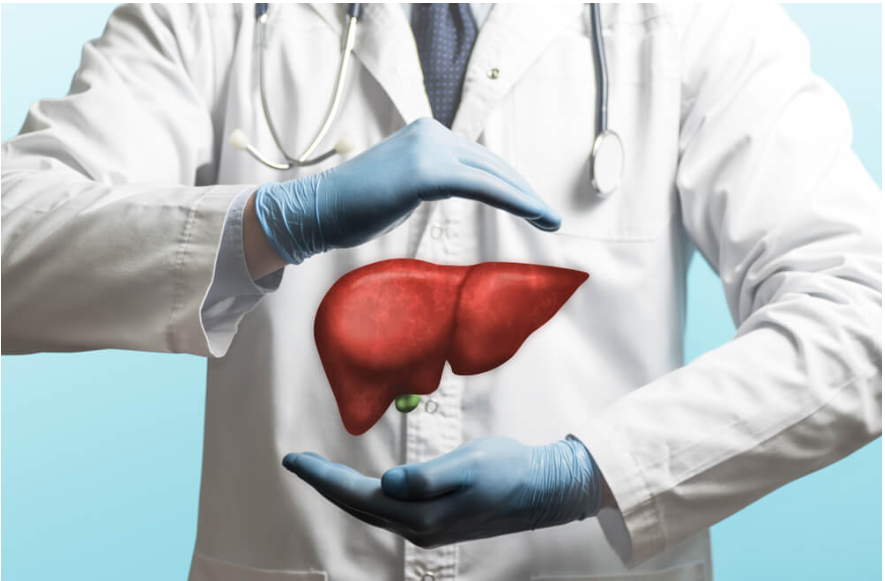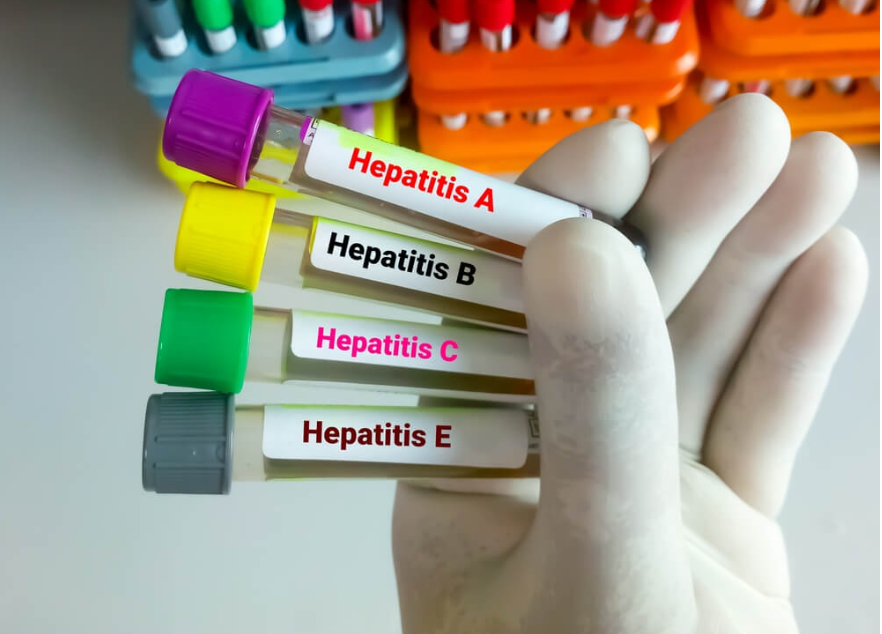
There was a little fairy, the darling princess of her parents, who was very dear to them. Her name was Divya, and her smile could brighten anyone’s day. Everything was fine, but something happened that turned Divya’s family’s happiness into worry. Divya suddenly stopped drinking milk, causing her to become weak. When her parents took her to the hospital, they found out that their little fairy was suffering from a chronic liver disease called Tyrosinemia Type 1, which turned their world upside down. Divya was in urgent need of a liver transplant but her family was unable to afford the cost of the transplant. However, they found hope and support from ImpactGuru and many kind donors. Divya’s fundraiser on ImpactGuru received immense support and donations that helped her undergo the liver transplant. Today Divya is living her life happily and healthily with her family. Watch Divya’s story here:https://youtu.be/uTsNZz3wqt4?si=W60dqvZWFe3FO2dT
But, why are we talking about Divya’s story? Every year, on April 19th, World Liver Day is observed globally to draw attention to liver health. In this blog, we explore the history of World Liver Day, its importance, and how platforms like ImpactGuru are empowering individuals in their fight against liver diseases through medical crowdfunding.
Understanding the History of World Liver Day
World Liver Day, observed on April 19th every year, serves as a reminder of the importance of liver health and the prevalence of liver-related diseases worldwide. Established by the European Association for the Study of the Liver (EASL) in 2010, this day aims to raise awareness, promote liver wellness, and advocate for better liver disease management and prevention strategies globally.
Significance of Liver Health
The liver, often dubbed the body’s powerhouse, plays a crucial role in various physiological processes, including detoxification, metabolism, and immune system regulation. However, factors like unhealthy lifestyles, viral infections, alcohol abuse, and genetic predispositions can jeopardize liver function, leading to conditions such as hepatitis, cirrhosis, and liver cancer.
- Hepatitis B and Hepatitis C
Hepatitis B and C are viral infections that primarily affect the liver. Hepatitis B is transmitted through contact with infected blood, semen, or other body fluids, as well as from mother to child during childbirth. Chronic hepatitis B infection can lead to serious liver complications such as cirrhosis and liver cancer. However, vaccination against hepatitis B is highly effective in preventing transmission.
Hepatitis C is usually spread through contact with contaminated blood, commonly through sharing needles among intravenous drug users or receiving blood transfusions before the implementation of rigorous screening measures. Chronic hepatitis C infection can also lead to liver cirrhosis and liver cancer over time. Fortunately, advancements in antiviral therapy have significantly improved the treatment outcomes for hepatitis C, with many patients achieving a cure.
- Hepatitis E
Hepatitis E is a liver disease caused by the hepatitis E virus (HEV). This virus affects one-third of the world’s population and causes waterborne epidemics, especially in developing countries like India. The majority of individuals with hepatitis E typically recover within a few months. Unlike some other types of hepatitis, it usually does not result in long-term illness or liver damage. However, hepatitis E can pose a serious risk to pregnant women or individuals with weakened immune systems, such as the elderly or those who are already ill.

Alcoholic Liver Disease (ALD)
Alcoholic liver disease (ALD) is a serious condition caused by excessive alcohol consumption over time. It encompasses a range of liver disorders, including fatty liver, alcoholic hepatitis, fibrosis, and cirrhosis. Initially, ALD may present with mild symptoms such as fatigue and abdominal discomfort, but as it progresses, it can lead to severe complications like liver failure and even death. The liver metabolizes alcohol, but excessive consumption can overwhelm its capacity, leading to inflammation, cell damage, and scarring.
Non-Alcoholic Fatty Liver Disease (NAFLD)
NAFLD is characterized by the accumulation of fat in the liver cells in individuals who consume little to no alcohol. It’s often associated with conditions such as obesity, insulin resistance, and metabolic syndrome. Early detection and intervention are crucial to prevent further liver damage and improve outcomes for individuals affected by this condition.
Most liver diseases culminate in the last resort of a liver transplant, and on average, a liver transplant in India typically costs between INR 20 to 30 lakh. Affording such an expensive treatment often becomes difficult for average Indian households.

Embracing Hope in Times of Need with ImpactGuru
Fortunately, we live in an age where compassion knows no bounds, where communities come together to lift each other in times of need. Medical crowdfunding platforms like ImpactGuru are empowering individuals to access life-saving treatments and interventions that would otherwise be financially out of reach. Through crowdfunding campaigns, many patients like Divya have raised funds for expensive treatments like liver transplants and other medical emergencies.
This World Liver Day, let’s stand in solidarity with those affected by liver diseases. Whether it’s spreading awareness, advocating for better healthcare policies, or supporting crowdfunding campaigns on platforms like ImpactGuru, every action counts in the fight against liver diseases. Together, let us pave the way for a healthier, more hopeful future—one liver, one life at a time